First shown in the 1350s, the Turin Shroud has captivated people for centuries.
Believed by many to be the burial cloth of Jesus Christ, its faint images of a bearded man have sparked endless discussions about its origins and veracity among historians, scientists, and theologians alike.
Wrapped in Intrigue
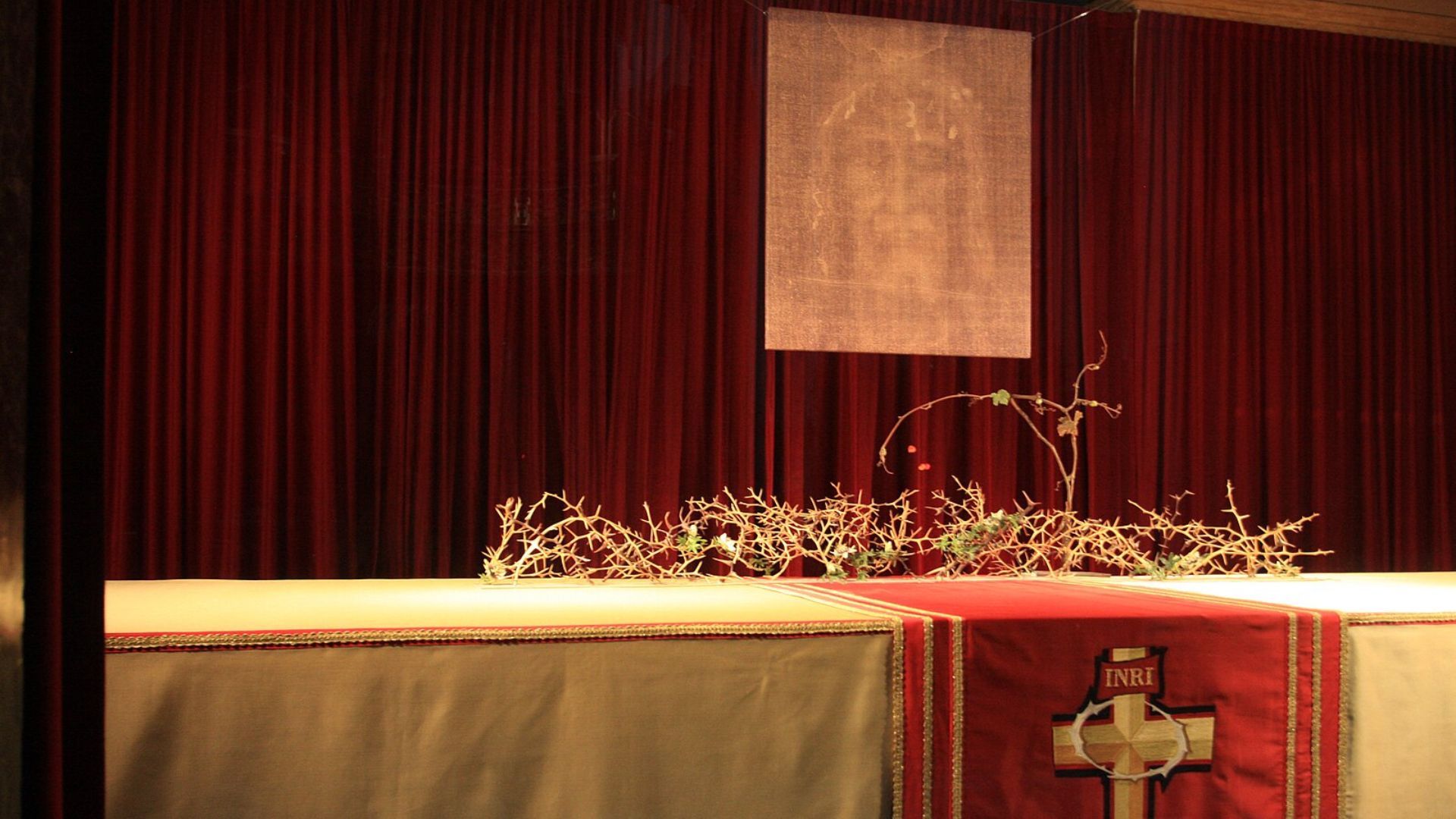
For centuries, the Shroud of Turin has captivated scholars and skeptics alike.
This isn’t just any piece of fabric—it’s believed to have covered Jesus after his crucifixion. The discovery of a faint facial imprint in the 1980s has only thickened the plot.
Debating the Divine Image
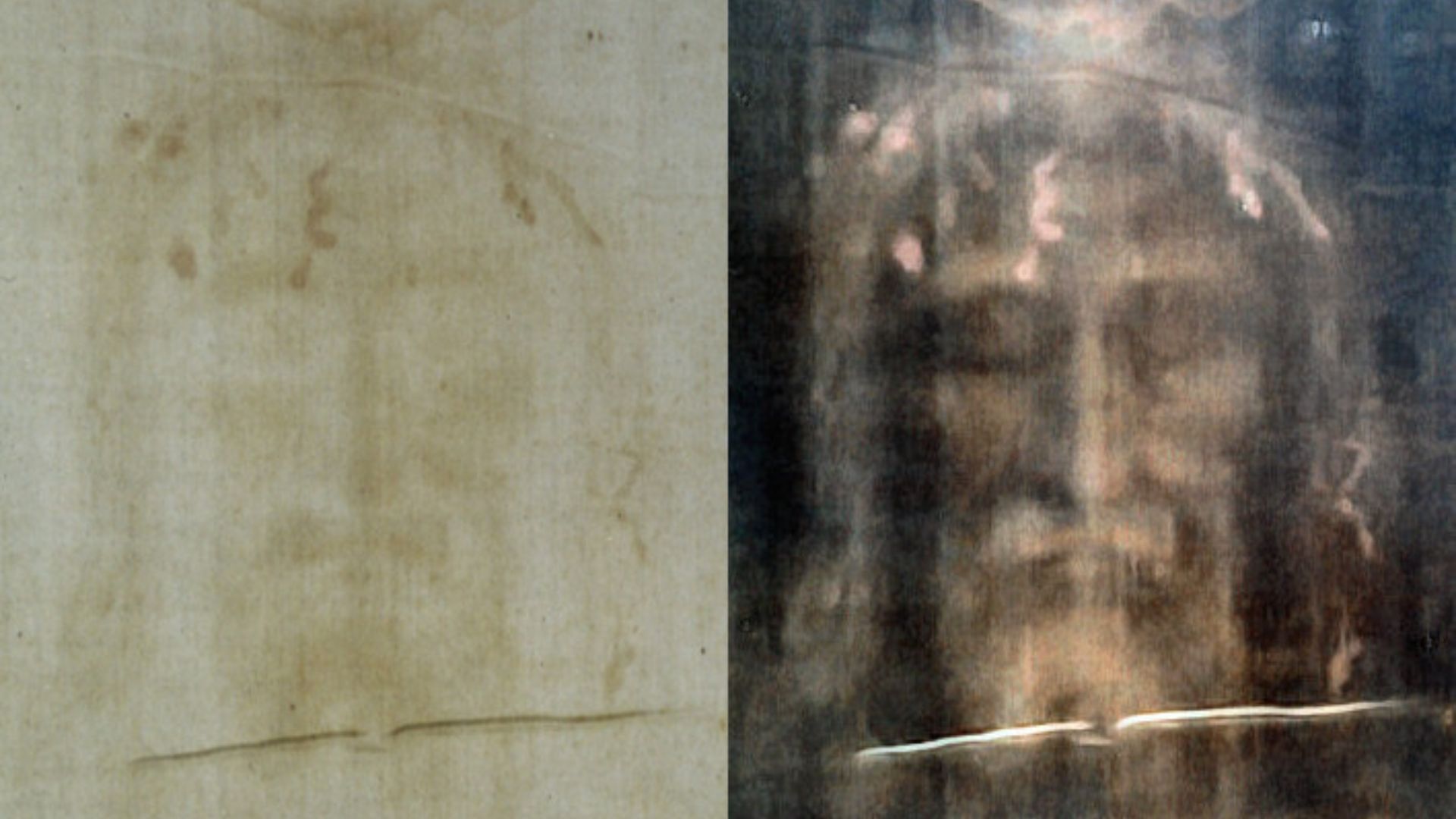
Is the face on the shroud truly that of Jesus?
Opinions are split. The stark division among scholars and theologians over this haunting image fuels an ongoing debate about its origins.
Science Steps In
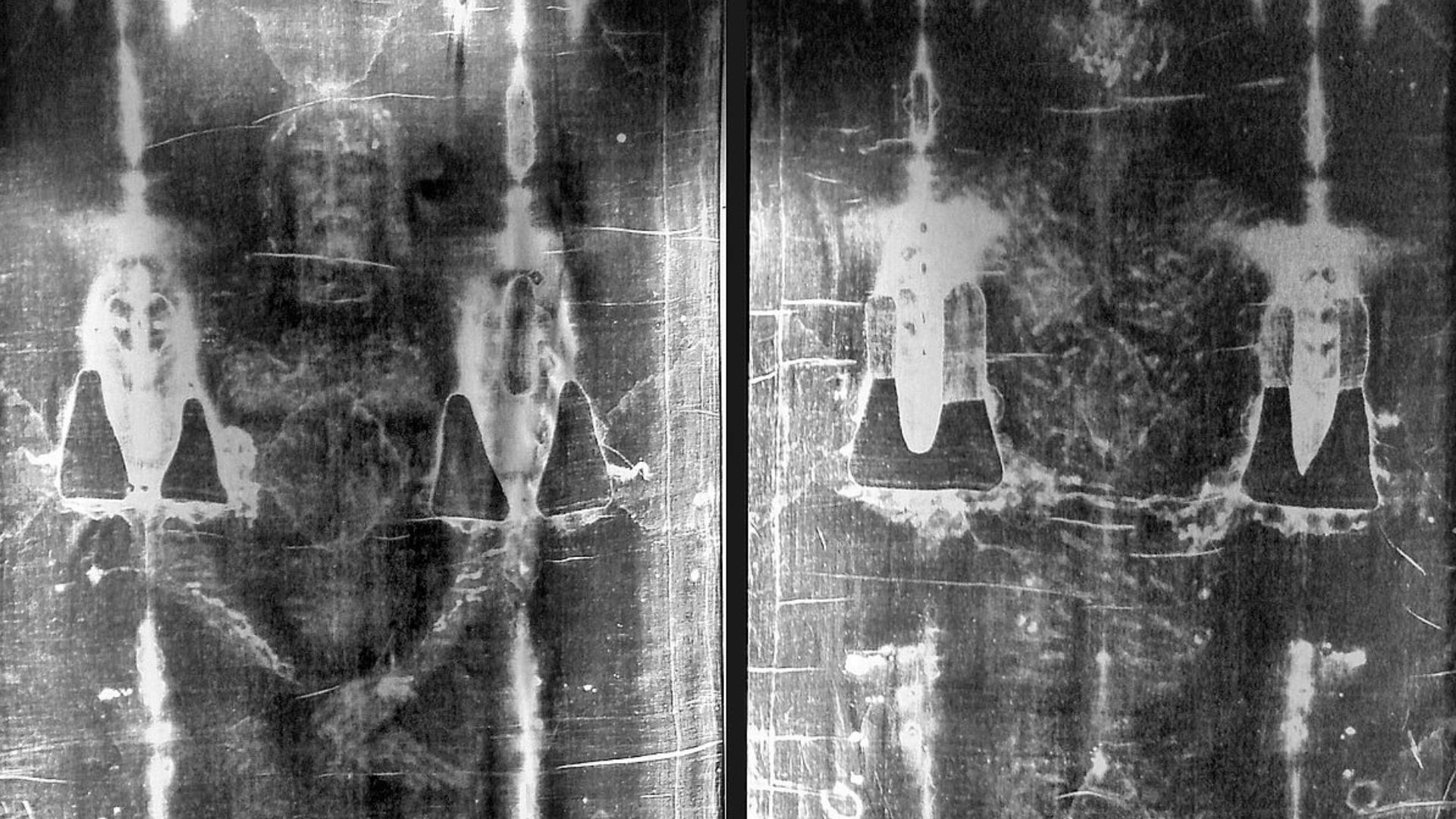
In a thrilling update, Italian scientists using the latest x-ray technology have traced the shroud’s origins back 2,000 years.
This matches the historical timeline of Jesus’ life and crucifixion perfectly.
A Deep Dive into the Fibers
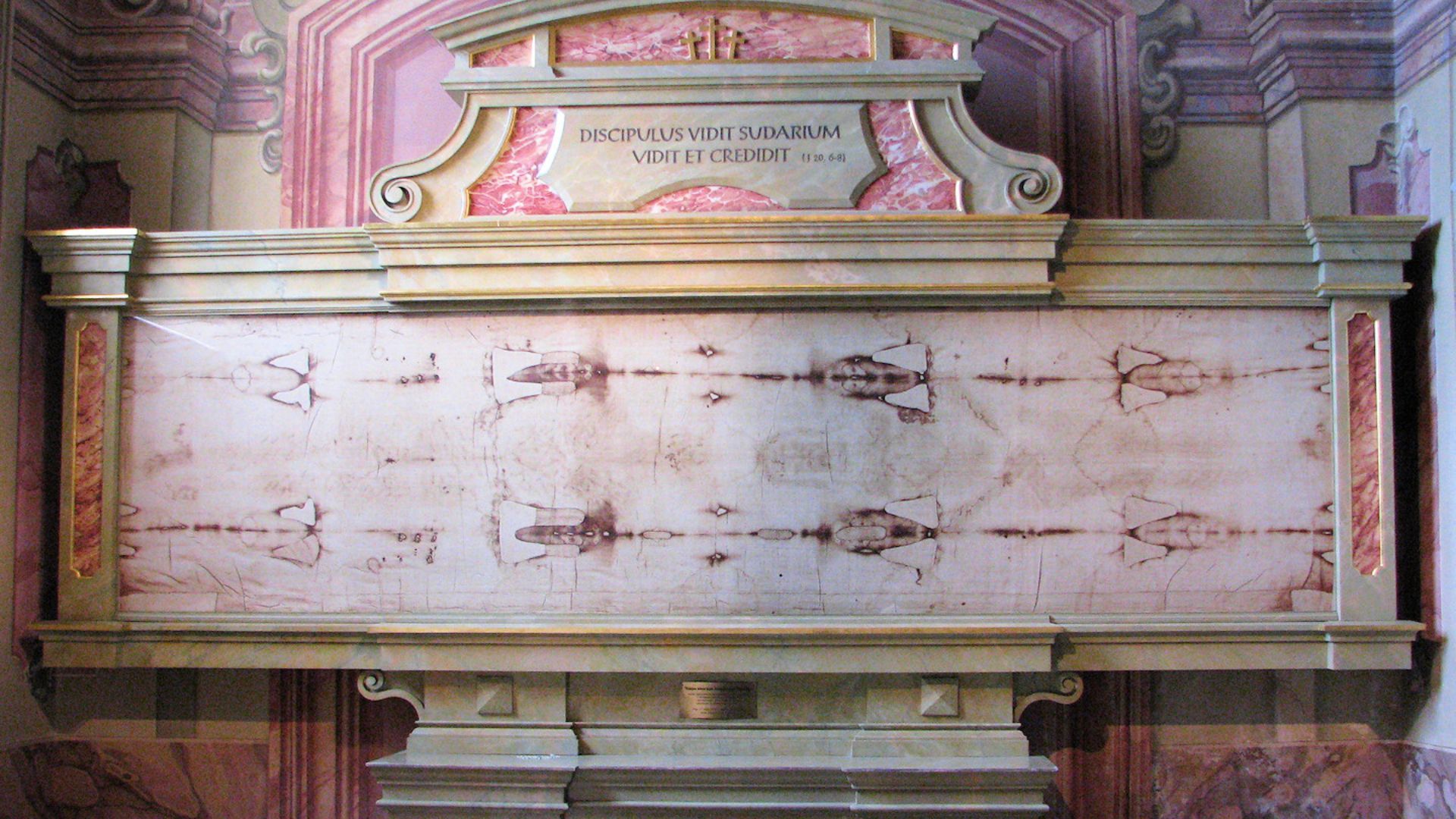
Scientists at the Institute of Crystallography didn’t leave any stone unturned.
They analyzed the shroud’s microscopic fibers for cellulose patterns and aging effects caused by temperature and humidity, leading to some jaw-dropping conclusions.
Pinpointing the Past
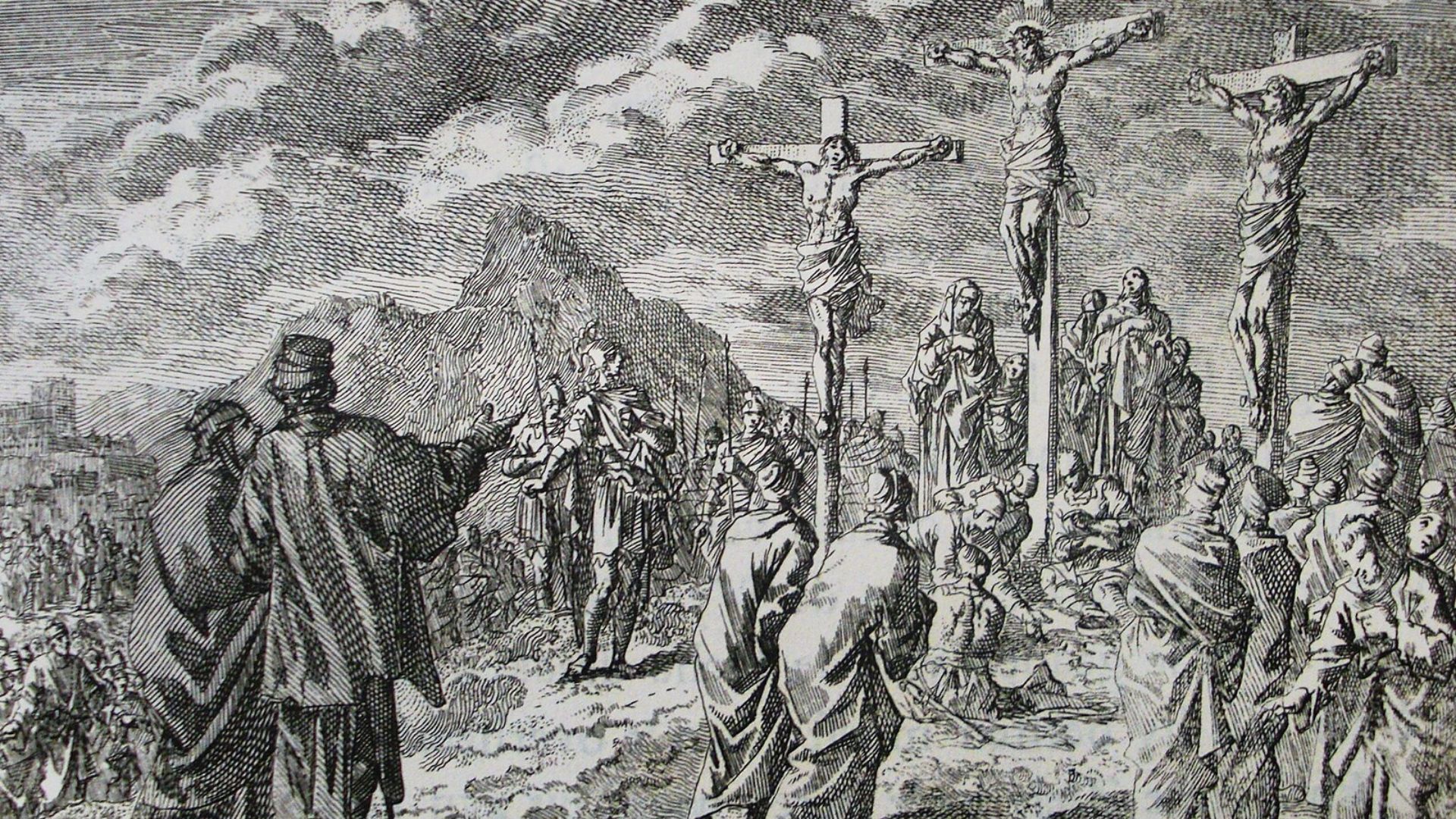
Aligning historical dates with scriptural events, researchers assert Jesus was crucified on April 3, AD 33.
This places the shroud’s age right in the ballpark of 1,991 years—potentially confirming its use during Jesus’ burial.
Questioning the Carbon Dating
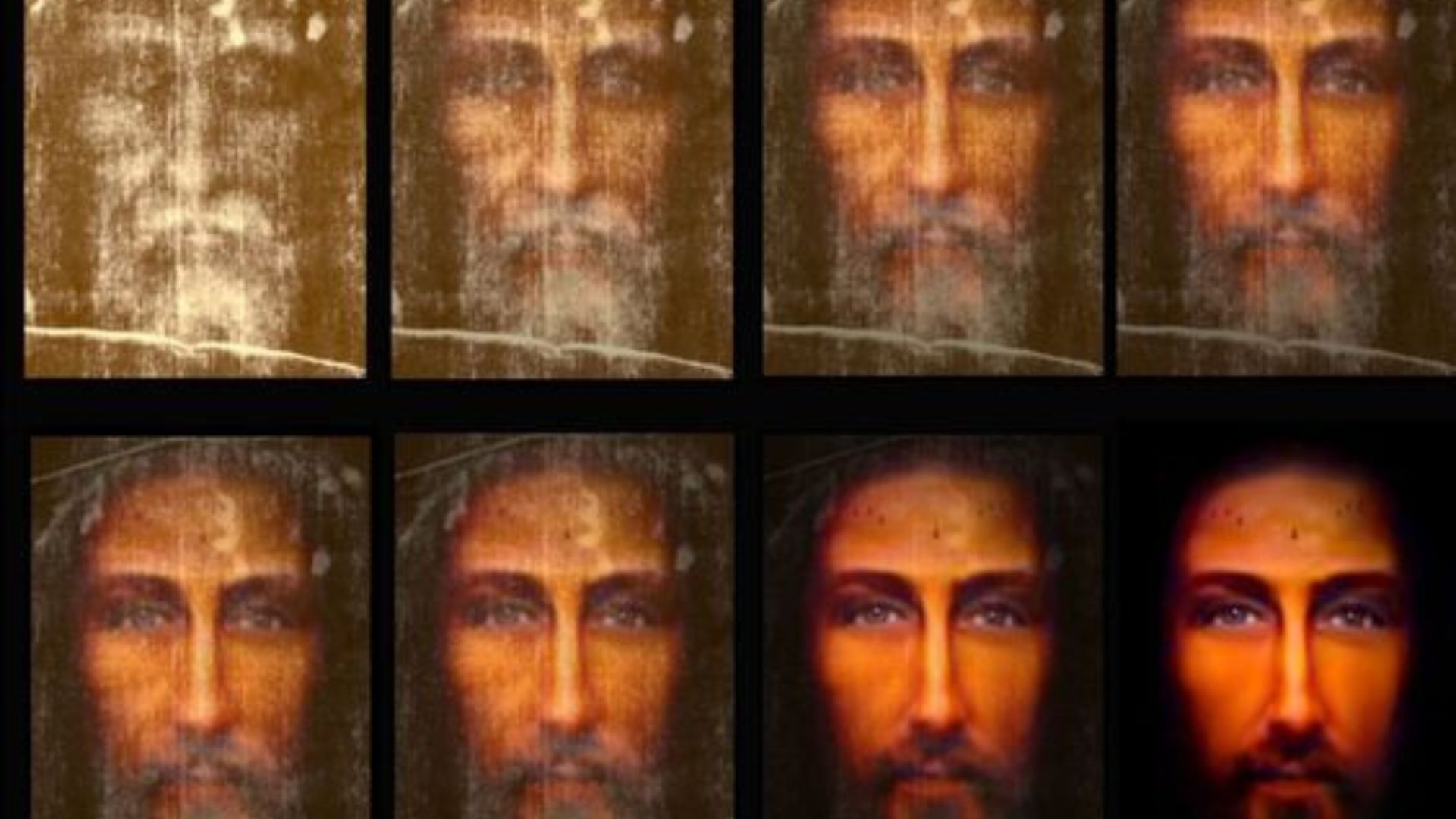
Remember the 1988 carbon dating that placed the shroud in the Middle Ages?
Well, that conclusion is now under intense scrutiny, shaking the foundation of previous skepticism.
A Fresh Perspective on Carbon
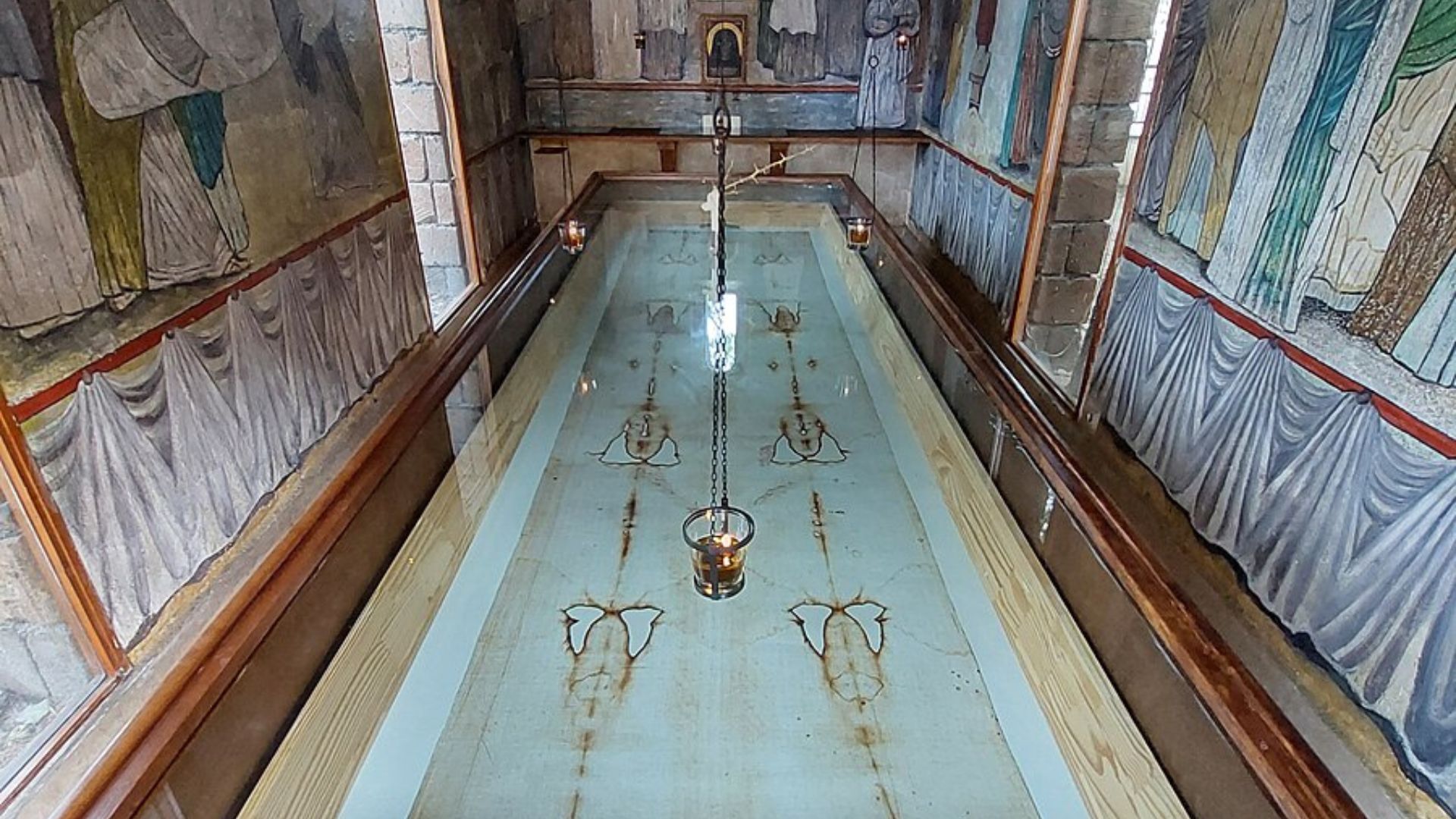
Dr. Liberato De Caro suggests the old carbon dating results might have been skewed by contamination.
He believes their refined techniques offer a clearer, more accurate picture of the shroud’s true age.
The Shroud’s Storied Past
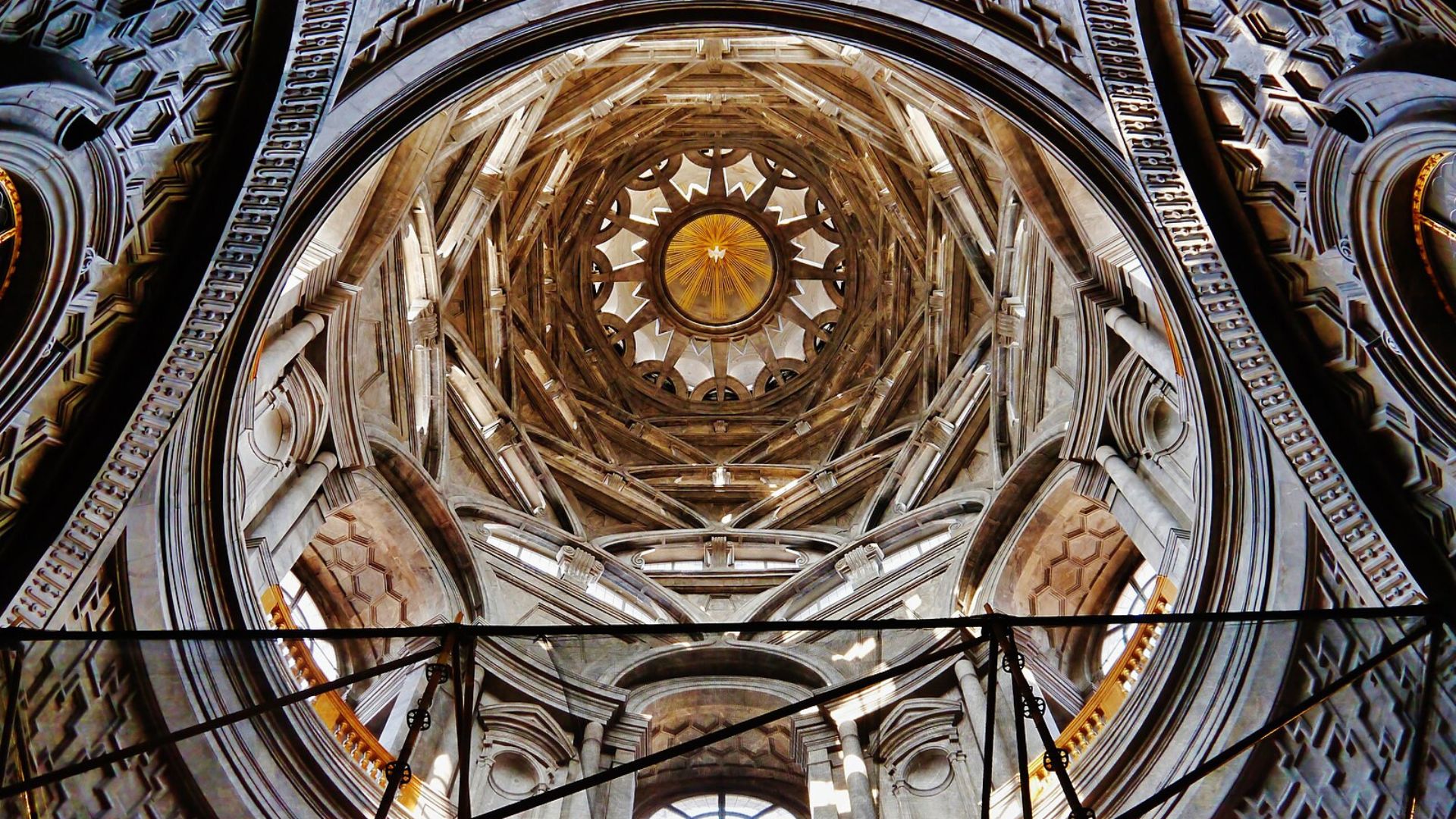
The shroud has been publicly displayed since the 1350s and safeguarded in Turin’s royal chapel since 1578.
Its journey through history is as riveting as its origins.
Echoes of the Gospel
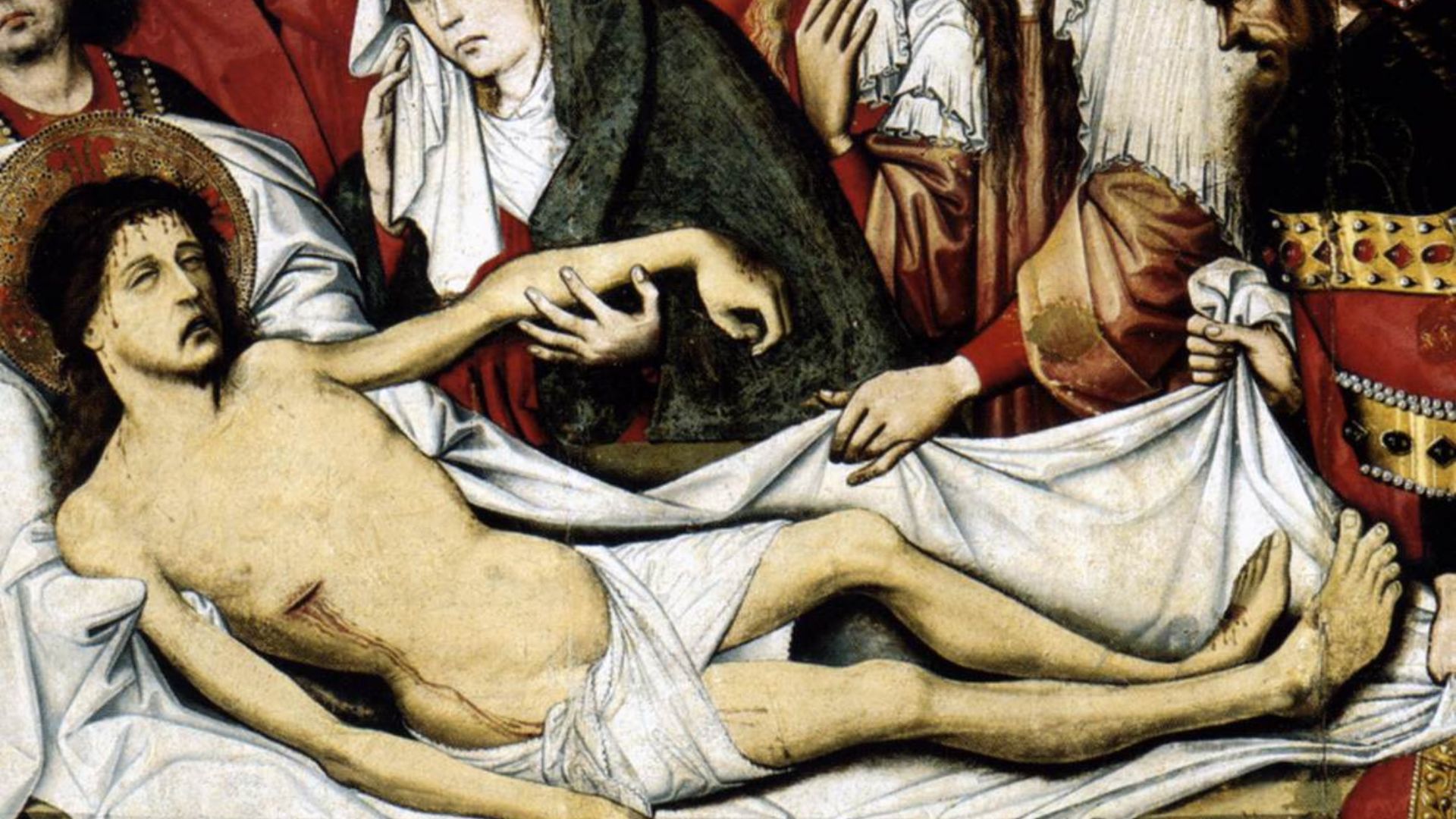
According to the Bible, Joseph of Arimathea wrapped Jesus’ body in this linen shroud.
As recounted in Matthew, “Joseph took the body and wrapped it in a new linen cloth. He put Jesus’ body in a new tomb that he had dug in a wall of rock.”
Revealing the Residue
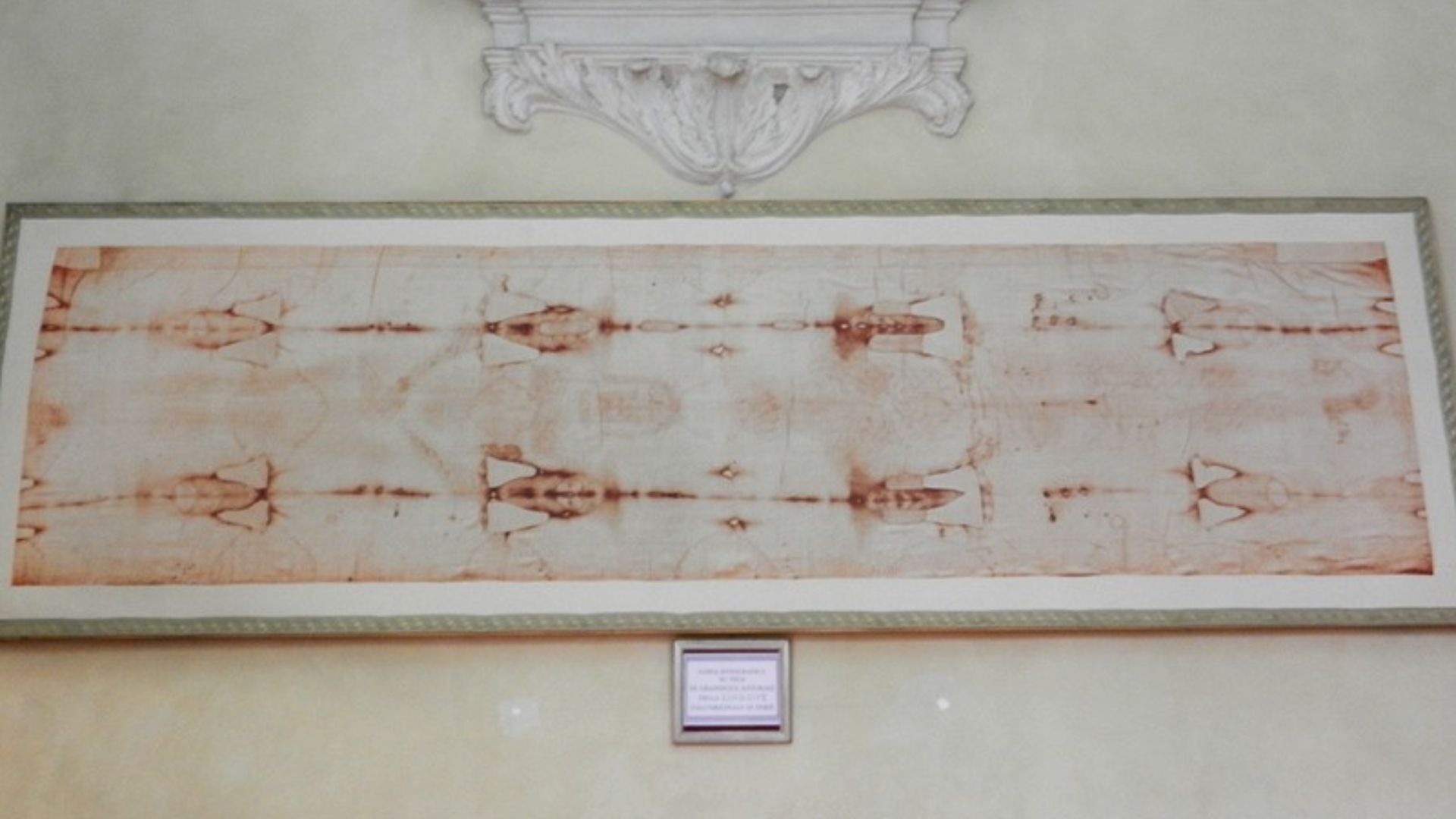
Those who’ve seen the shroud describe a ghostly image of a man, roughly 5’7” to 6’ tall, with features marked by suffering.
The visible wounds align with descriptions of the crucifixion, deepening the aura surrounding this ancient cloth.
Tracing the Traces

The shroud doesn’t just bear a face—it tells a harrowing story of ancient punishment.
From thorn marks to whip lacerations and the burden of the cross, these marks vividly narrate the final, brutal hours of Jesus, enhancing the shroud’s historical and sacred significance.
